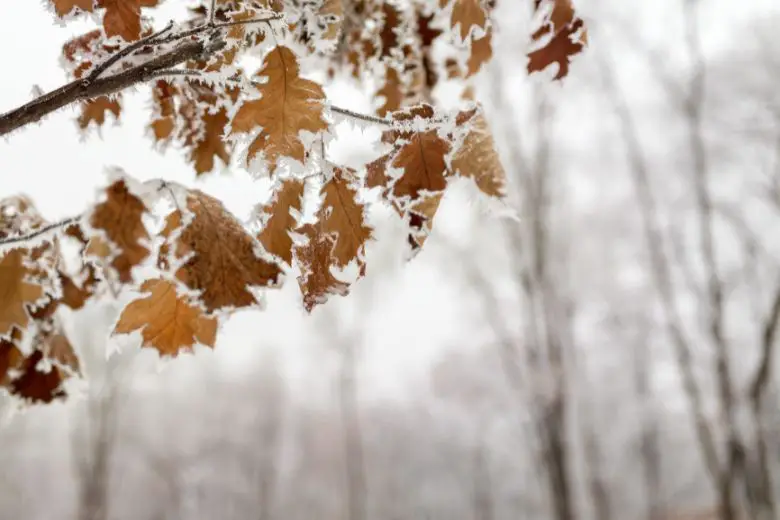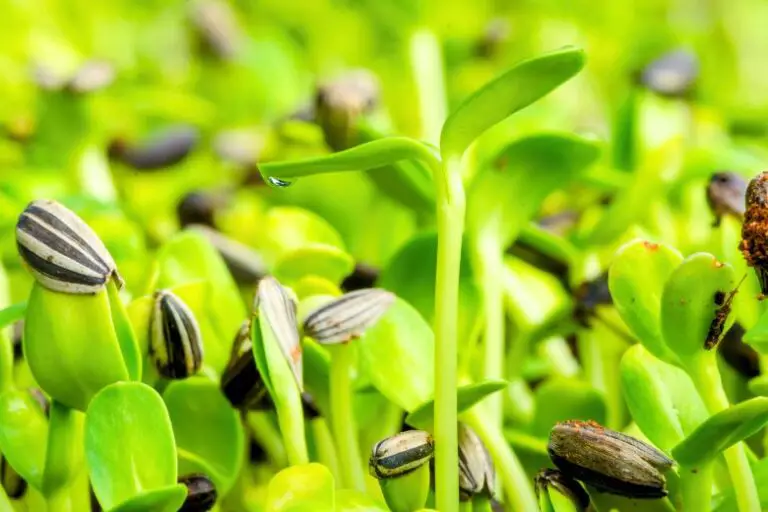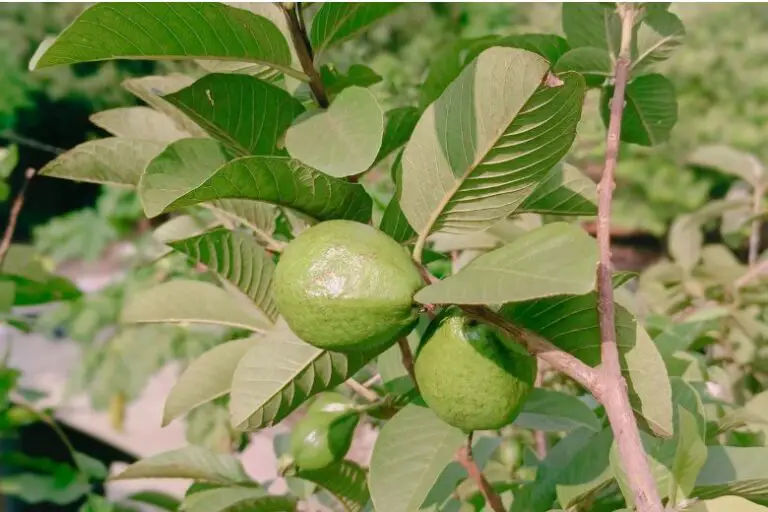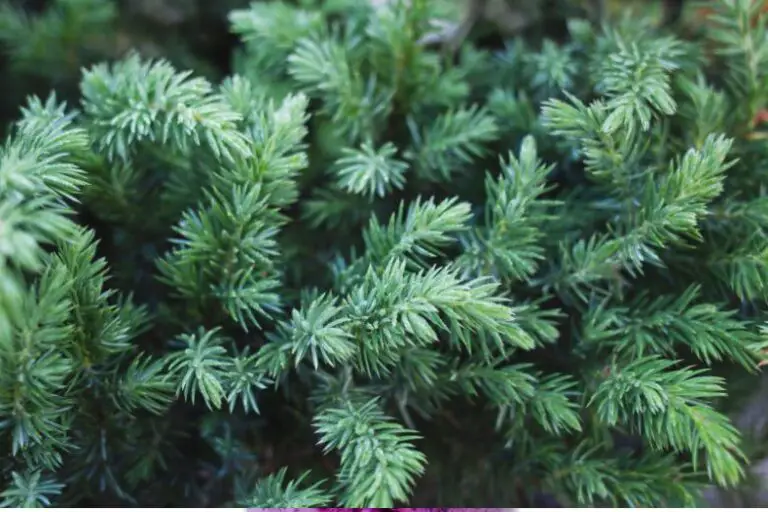Do Fig Trees Lose Their Leaves in Winter
Fig trees (Ficus carica) are captivating and fruitful additions to any garden or landscape. Their sweet, succulent fruits are a delicacy enjoyed by many. However, like all living beings, fig trees are influenced by seasonal changes, particularly in winter.
Understanding Fig Trees
Fig Tree Overview
Fig trees are deciduous trees native to the Middle East and Western Asia, but they have been cultivated worldwide for thousands of years. They belong to the Moraceae family and can vary in size, ranging from small shrubs to tall trees with broad, dense canopies.
Fig Tree Characteristics
Fig trees are recognizable by their large, lobed leaves, which provide abundant shade during the hot summer months. They are also known for their unique pollination process, wherein a tiny wasp enters the fig’s fruit to lay its eggs and facilitate pollination.
Fig Tree Varieties
There are numerous fig tree varieties, each with distinct fruit colors, flavors, and sizes. Some popular varieties include Brown Turkey, Black Mission, Calimyrna, and Adriatic. Each type has its unique features, making them popular choices among gardeners and fruit enthusiasts.
Deciduous Nature of Fig Trees
Deciduous vs. Evergreen Trees
Fig trees, like many other trees, can be categorized as deciduous or evergreen. Deciduous trees shed their leaves during a specific season, while evergreen trees retain their foliage year-round. Fig trees fall into the deciduous category, and their leaf drop occurs during winter.
Factors Influencing Deciduous Behavior
The deciduous nature of fig trees is influenced by environmental cues and natural mechanisms. As the days shorten and temperatures drop in preparation for winter, fig trees undergo physiological changes to conserve energy and resources.
Leaf Drop in Winter
Autumn Preparation
During autumn, as the days gradually become shorter, fig trees sense the changing seasons. In response, they begin preparing for winter by directing their energy towards the development of fruit and storing nutrients in their roots to support growth in the upcoming spring.
Trigger for Leaf Loss
The drop of leaves is primarily triggered by the changing light conditions and temperature fluctuations. As the fig tree prepares to enter a dormant state during winter, it signals the abscission layer to form between the leaf stem and the branch. This layer acts as a barrier, eventually causing the leaves to fall off.
Fig Trees in Winter
Winter Care for Fig Trees
During winter, fig trees need proper care to withstand the cold temperatures. Mulching around the base of the tree helps retain moisture and regulate soil temperature. Additionally, providing a layer of organic compost enriches the soil, supporting the tree’s health during its dormant period.
Pruning in Winter
Winter is an ideal time for light pruning of fig trees, as they have shed their leaves, allowing for a clearer view of the branches’ structure. Pruning helps promote new growth in the upcoming spring and ensures a well-shaped tree.
Protecting Fig Trees from Frost
In regions with freezing temperatures, fig trees are susceptible to frost damage. To protect the tree, covering it with a frost cloth or burlap can provide a shield against harsh weather conditions.
Myth Debunked: Fig Trees and Dead Leaves
There is a common misconception that fig trees are dead during winter due to their leafless appearance. However, this is far from the truth. Fig trees are merely in a state of dormancy, conserving energy until the arrival of warmer temperatures.
Benefits of Winter Leaf Drop
The deciduous nature of fig trees serves several purposes. By shedding their leaves, fig trees reduce water loss during winter, conserve energy, and protect themselves from potential damage caused by freezing temperatures.
Life Cycle of Fig Trees
The life cycle of fig trees is a fascinating journey of growth, fruiting, and renewal. From the emergence of tender leaves in spring to the development of sweet, juicy figs in summer, each phase plays a crucial role in the tree’s existence.
Preparing Your Fig Tree for Spring
As winter draws to a close, it is essential to prepare your fig tree for the upcoming growing season. Remove any remaining debris, lightly prune if necessary, and provide adequate water and nutrients to support new leaf growth and fruit development.
Conclusion
Fig trees, with their deciduous nature, gracefully shed their leaves in winter as part of their natural life cycle. This process ensures their survival and paves the way for a new season of growth and fruitfulness. Understanding the behavior of fig trees during winter helps us appreciate their resilience and beauty.







